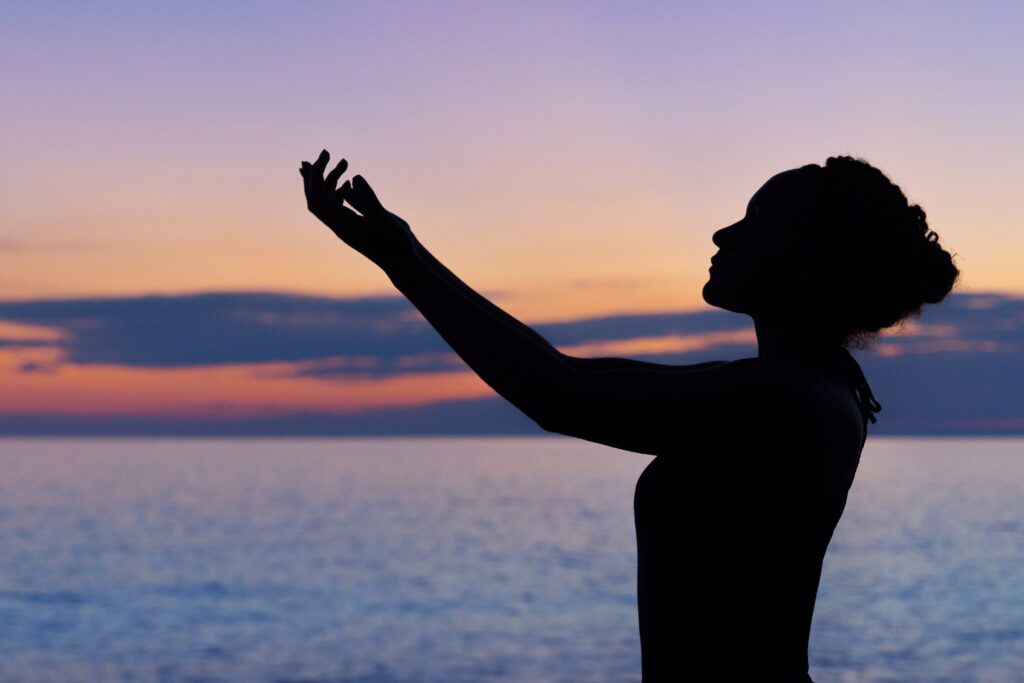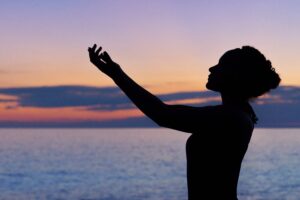To the uninitiated, yoga (What is Yoga, Really?) is a system of living, a way of life, that transcends the physical and moves into the Spirit realm. Its Eight Limbs are meant to be practiced one-by-one; yoga masters dedicate nearly their entire lives to mastering these practices, with some able to remove themselves from the physical realm for days at a time, sitting in pure super-consciousness, having attained moksha (the ultimate goal of the human life form, according to Patajnajli’s Yoga Sutras).
When yoga was first practiced by Brahmans some 5,000 to 10,000 years ago, it was slow, it was deliberate, and it was restful. Asanas (poses or postures) were held for three, five, seven, and ten minutes at a time (and sometimes longer). When the yogic system was brought to people living everyday lives of raising children and having to earn their sustenance, the time for holding asanas decreased significantly as different forms of Hatha Yoga took hold in Indian society.
In the West today, hot and core power versions of hatha yoga dominate the landscape, with almost exclusive focus on the attainment of a specific ideal physique. Yoga has become almost synonymous with physical fitness, an incredibly unfortunate consequence of capitalistic and mechanistic societal values.
Popularized by Paul Grilley in the 80s, most people understand Yin to be of Chinese Taoist origins. The yin practice of holding tension in the muscle for longer periods of time, however, pre-date Taoist principles by thousands of years. Yin is actually Classical Hatha Yoga, having been practiced by the austere monks of Hindustan since yoga’s birth.
Been to a physical therapist lately? You may have noticed that PTs now recommend a minimum of three minutes’ hold time in order to effectively release tension held in the muscle. Connective tissues deep inside the muscles are harder to reach and need more time for blood to reach them (hence the longer stretch hold time). It seems as though Western science is finally catching up with centuries-old yogic practices.
Practicing only dynamic forms of asana yoga, like Vinyasa and Ashtanga, build muscle strength that can decline quickly after just a few days of non-use. Yin’s focus on passive stretches, on the other hand, open you to a world of flexibility, range of motion, and a path to healing inside your body.
And herein lies the magic of yin.
So many of us are used to holding on—to the things we desire, the people we can’t live without, and the trauma we can’t let go of. Over-attachment leads to a lack of energy movement in the body: a stale and stagnant place.
Yin, on the other hand, forces us to let go.
As we let go into Ujjayi Pranayama (Ocean Breath), we let go into our Selves.
Yin allows for a release of the day’s stress, which is why I practice in the evening, just before bed. Yin also allows for the release of traumas that are buried deep within our bodies. Our deeper connective tissues store traumas experienced by both the mind and the body.
To combat our body’s storage of trauma, we can incorporate Yin in our daily wellness practice. Yin’s passive stretches engage the muscles for longer periods, bringing a counterbalance to our very yang-based (active) lives and blood flow into areas that hold tension and stress.
I often hear students of mine describing Yin in this way:
‘It felt magical!’
‘I was on Cloud 9 all day long!’
‘I told everyone I knew that was the best yoga class I’ve ever been to!’
If you decide to try out a Yin practice, your joints, tendons, ligaments, and fascia will thank you. You will feel relaxed yet revived (yes, those two things can co-exist), and you will find your Spirit lifted as your body and mind won’t be carrying the load it’s become accustomed to.
Just like yoga, our whole bodies are entire systems designed with the end in mind: wellness and a connection to higher consciousness. Let us all remember that our systems need tending to, much like a garden. You don’t plant something once and then walk away and hope for the best. We must reorient our thinking around our personal systems and invite practices that encourage release for our minds, bodies, and souls.


